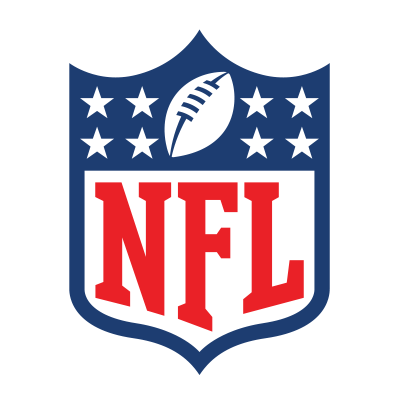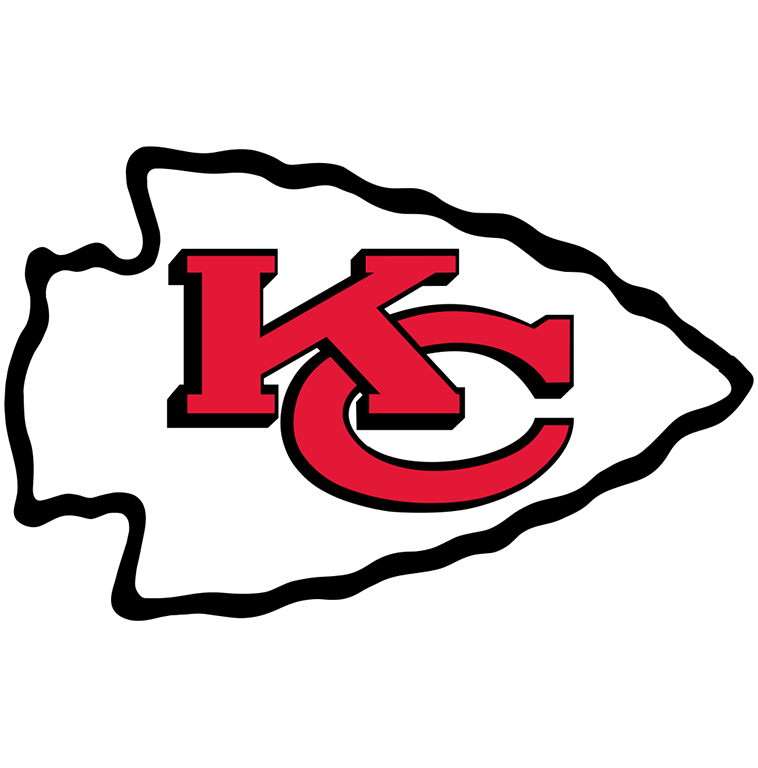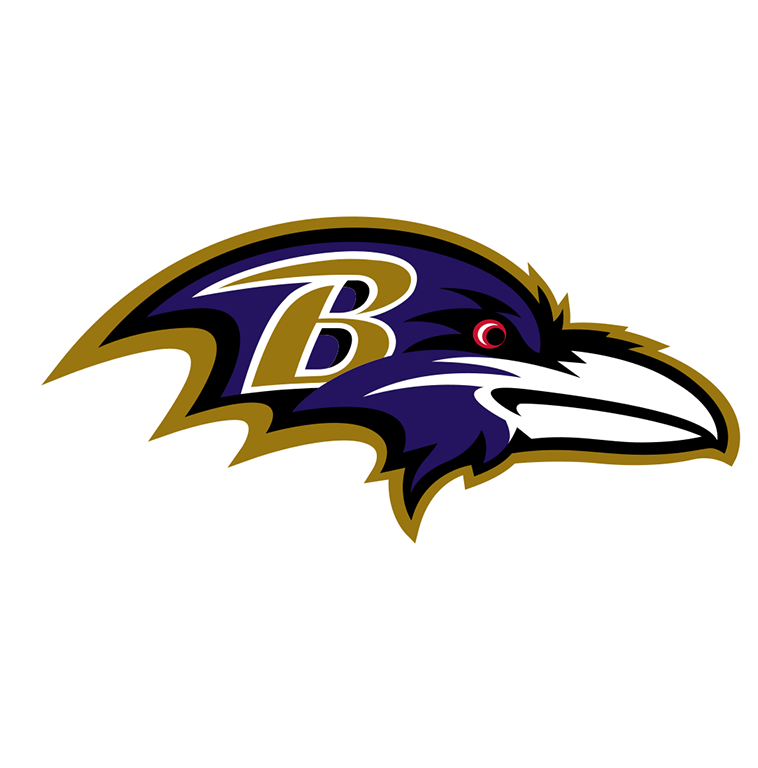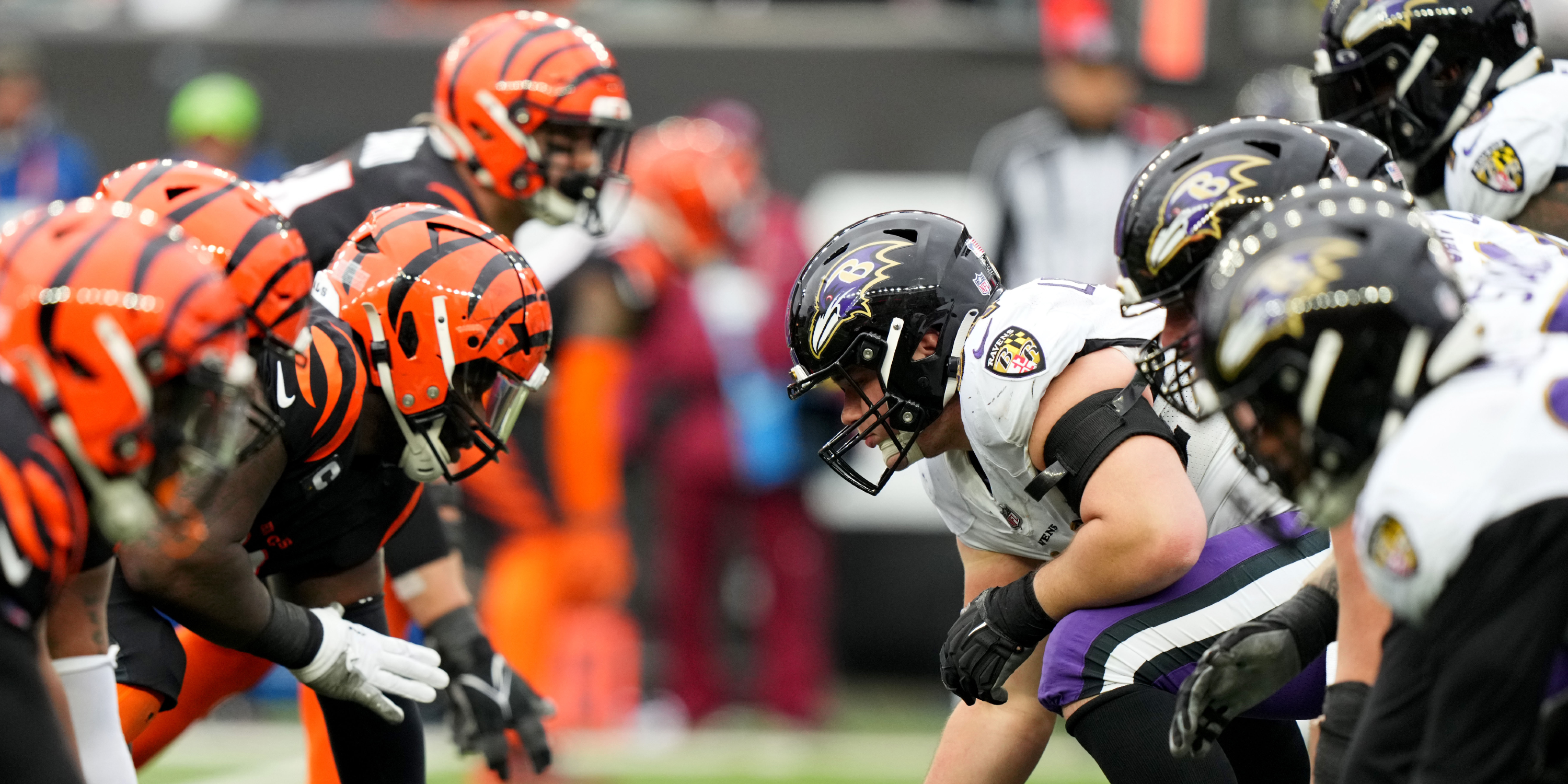Key Takeaways
- The Baltimore Ravens were penalized with three illegal formation flags on the opening drive of the NFL season.
- This offseason, the league issued a strict re-emphasis on existing rules, potentially prompting more penalizations throughout the course of a game.
- Should the league continue to enforce the penalty harshly, or revert to a more lax refereeing of the rule?
The 2024  NFL season is here, and with an AFC Championship Game rematch between the
NFL season is here, and with an AFC Championship Game rematch between the  Kansas City Chiefs and
Kansas City Chiefs and  Baltimore Ravens , expectations are high for an explosive start to NFL Kickoff week.
Baltimore Ravens , expectations are high for an explosive start to NFL Kickoff week.
Except, there’s been one slight hiccup throughout the first half of the game: the illegal formation penalty has been rearing its ugly head. Like, a lot.
After being called for illegal formation penalties in the first half of the game, the Ravens subbed out right tackle Patrick Mekari for rookie second-round tackle Roger Rosengarten (who proceeded to give up a sack-fumble on his first career snap).
Along with new kickoff rules and banning hip-drop tackles, the re-emphasis of the illegal formation penalty is part of a sweeping set of in-game changes the NFL instituted this year.
So, what exactly constitutes an illegal formation penalty nowadays?
The “New” Illegal Formation Penalty
Will the penalty be called this strictly all season?
What’s important to note is that the rules behind a “legal formation” on offense in the NFL haven’t changed; instead, the league has instructed officials to be more strict on the rules that are currently in place.
As they currently exist, the illegal formation rules are quite simple. There are just a trio of qualifications an offense must meet in order to be considered “legal”, according to the NFL’s official rulebook:
- The offense must have seven or more players on the line of scrimmage;
- There must be eligible receivers on both ends of the line, and all of the players on the line between them must be ineligible receivers;
- No player may be out of bounds before the snap.
If a team fails to meet any of those three conditions, the offense will be flagged for a penalty worth five yards.
The point of emphasis in offseason meetings has been the first point – offensive linemen must be lined up on the line of scrimmage, not behind it. More specifically, the offensive linemen’s helmets must break a vertical plane that goes through the beltline of the snapper. If anyone on the offensive line is lined up behind that mark (effectively, behind the line of scrimmage), then the team will be flagged.
Of course, it can be very, very difficult for a referee to tell if an offensive lineman’s helmet is an inch or two away from the snapper’s beltline. Hence, fans and announcers alike were somewhat bewildered at some of the calls during the first half of the season opener between the Chiefs and Ravens.
It remains to be seen if the league and its referees are as strict moving forward this season. The Ravens and head coach John Harbaugh will surely submit a formal complaint to the league office over the number of illegal formation penalties called against them on Thursday night.
It’s obviously important for the fairness and integrity of the game that the players play within the stated rules. However, it’s not exactly a lot of fun to watch penalty flags fly over a couple of inches of helmet placement. The league will have to balance these things as it debates the implementation of the illegal formation penalty.
Source: NFL.com
About Author
You may also like
-
Ruthless Reason Why Viktor Gyokeres Has ‘Dumped’ Model Girlfriend
-
Gareth Bale-led consortium submits £40m bid to buy Cardiff City
-
Tottenham Triumph Gave Ryan Mason ‘Perfect Ending’ as he Salutes Postecoglou
-
Tottenham Triumph Gave Ryan Mason ‘Perfect Ending’ as he Salutes Postecoglou
-
Tottenham Triumph Gave Ryan Mason ‘Perfect Ending’ as he Salutes Postecoglou
